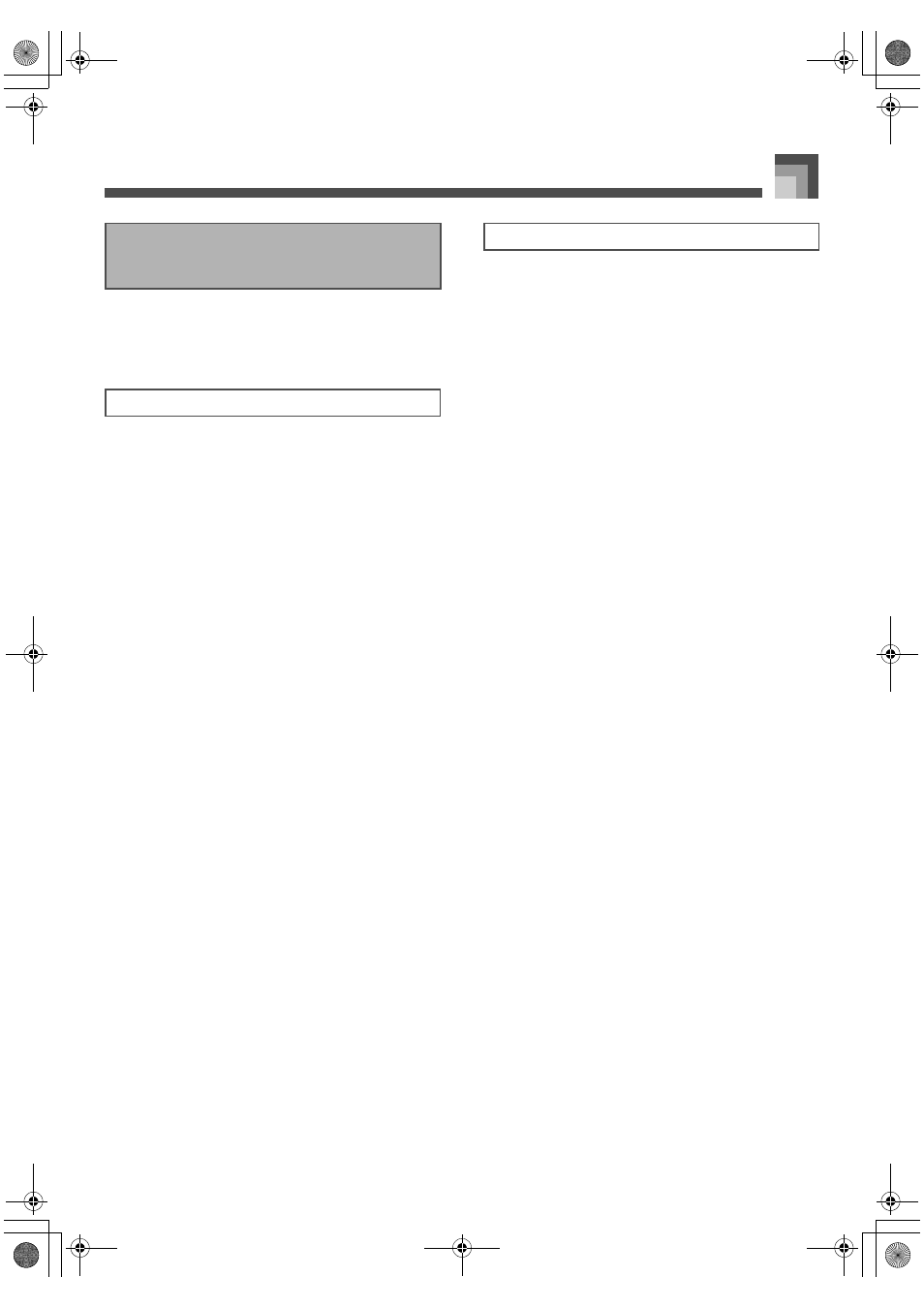Sending and receiving midi messages, E-67 using midi – Casio PL-40R 2 User Manual
Page 35

E-67
Using MIDI
This piano can send notes you play on the keyboard, as well
as auto accompaniment patterns and sequencer playback as
MIDI messages to another device.
J
Keyboard Play
Each keyboard part (Upper1, Upper2, Lower1, Lower2) can
be sent over its own individual MIDI channel. When auto
harmonize is turned on, harmonize notes are also sent over
each individual MIDI channel.
J
Auto Accompaniment Play
Each accompaniment part can be sent over its own individual
MIDI channel. The “Accomp MIDI Out” parameter (page
E-79) is used to specify whether a part is sent.
J
Sequencer Playback
The following describes how track data can be sent over
individual MIDI channels.
System Track
Each part (Group A) that makes up the system track can
be sent over its own individual MIDI channel.
Tracks 1 through 16
Tracks 1 through 16 correspond to Group B parts 1
through 16. Each part can be sent over its own individual
MIDI channel.
J
Part Send Channels
Use the procedure on page E-71 and the information on page
E-79 to assign a send channel for each part.
J
Multi Channel Receive
The 16 external parts can be used to receive data over 16 MIDI
message channels at the same time. Receive channel
assignments for each part can be made using the “MIDI
Receive Channel” parameter (page E-80).
J
Chord Changes when Using Auto Accompaniment
MIDI messages received from an external device can be
interpreted as chord changes as specified by the fingerings
supported by the auto accompaniment system of this piano.
Use the “MIDI In Chord Judge” parameter (page E-79) to turn
this capability on and off.
See the MIDI Implementation Chart at the back of this
User’s Guide for more information about each MIDI
message.
Sending and Receiving MIDI
Messages
MIDI Send Data
MIDI Message Receive
426-E-069A
PL40NE01-1.book 67 ページ 2002年7月23日 火曜日 午後6時52分
